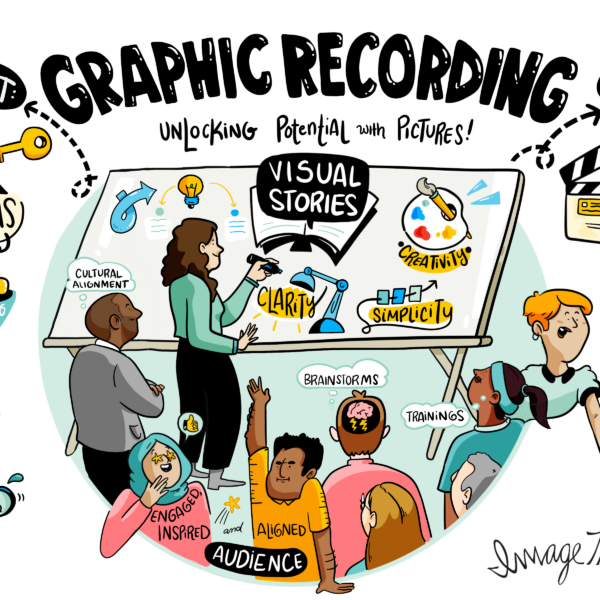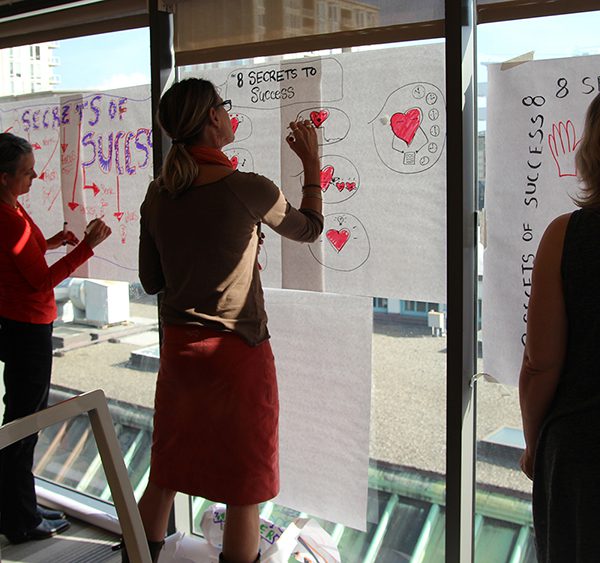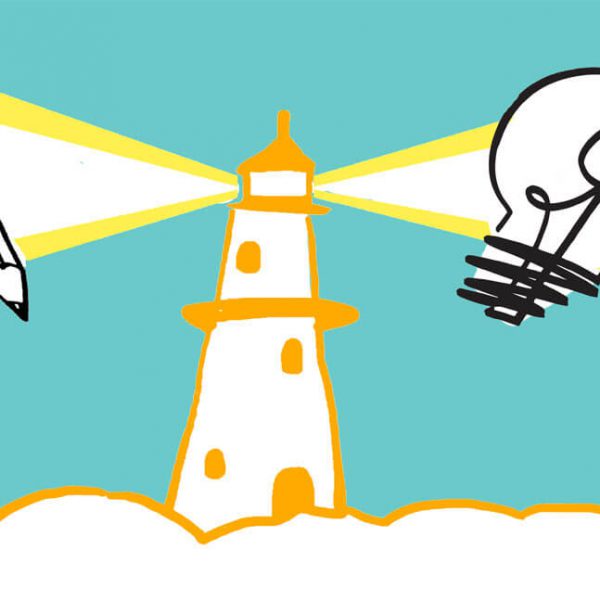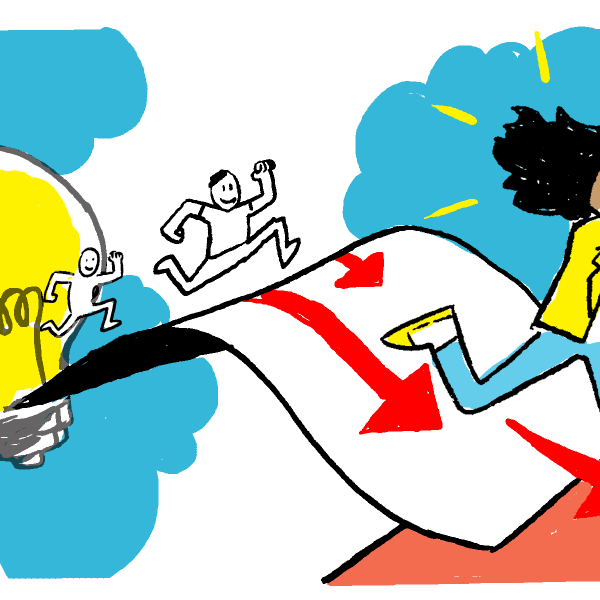Greetings and happy new year. In November, many of you joined us on LinkedIn Live for our conversation with leadership consultant Michael Walsh, sharing personal experiences from a challenging 2020.
As we start a new year – one with the logistically challenging rollout of a life-saving vaccine, new federal leadership taking office in what has become a historically un-peaceful transition of power, and innumerable businesses across the nation fighting for their very survival – we thought we’d share takeaways and advice from this conversation that have never been more valuable.
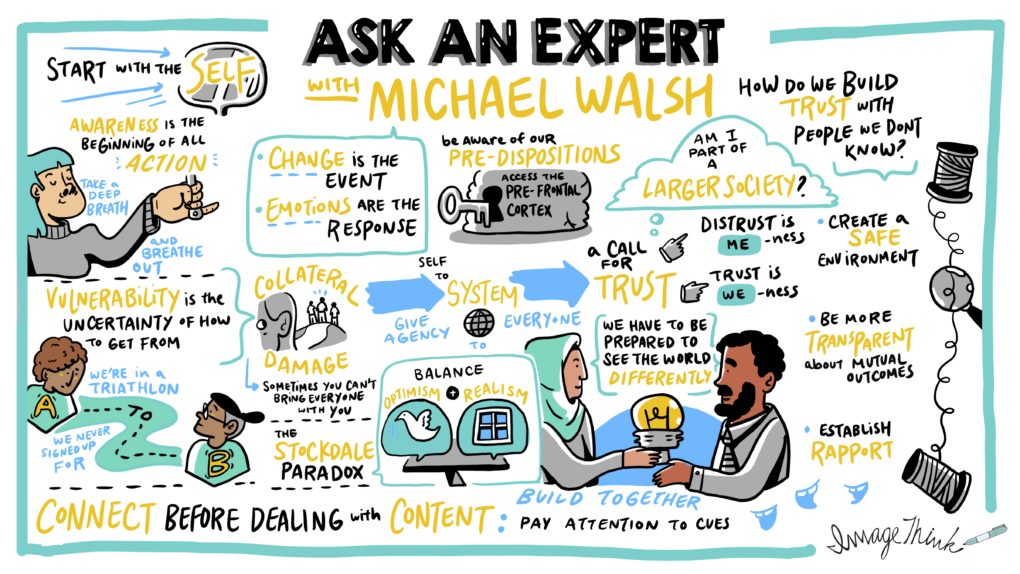
Watch the full session below or pop over to our events page, where you can find our conversation with all of our other Ask the Expert guests.
Leadership in Times of Change: Pattern Recognition
This past year, organizational leaders have had to contend with a global pandemic, lack of federal support, steep rises in unemployment, and big drop-offs in revenue. How do you ensure you’re taking care of your team and your clients and making the right decisions as a leader? It starts with recognizing the pattern of crisis response.
Humans are wired for pattern recognition, in other words, as a species, we make meaning out of events around us. That’s why uncertainty causes discomfort. As you might expect, at ImageThink, we find it helpful to visualize how we process uncertainty, and happily, Michael shared an excellent model. The graphic (below) divides disruptive events into three distinct periods: Endings, Transition, and New Beginnings.
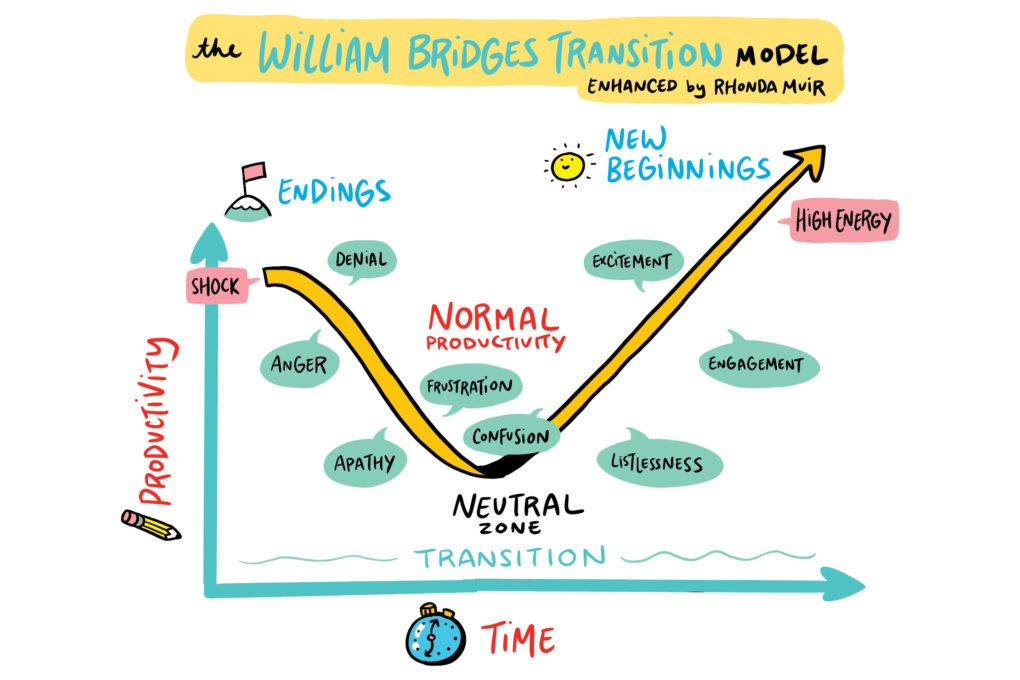
It may be easy to think of the stages this way: Endings are the event itself. A disruptive event or big change marks the ending of “the way things are.” The event is entirely out of your control, just as the new status quo is.
Stage Two is Transition. You can think of this stage as your emotional response to the event. You’ll notice in the graphic that many of the emotional responses are similar to the stages of grief, which is no accident. In a way, we all mourn the death of the normal.
Stage Three is New Beginnings. This is the phase of adjusting and acting towards the new normal and is often an exciting and high-energy phase full of new ideas and enthusiasm. It’s where plans get enacted and teams come together.
How Better Leadership Brings About New Beginnings
Armed with the knowledge that every moment of Ending results in a New Beginning, the first question from most organizational leaders is “how do I get my team there faster?”
First, the most successful leaders balance unbridled hope and optimism that things can get better, with an awareness and acknowledgement of reality. The balance of these two conflicting positions is known as the Stockdale Paradox, named for Admiral James Stockdale who survived 7 years as a POW.
The second element is trust. This may sound like teamwork 101, but without trust among team members and between teams and leadership, collaboration can’t happen and it is impossible to move into the New Beginnings phase as a group.
How to Foster Trust in Uncertain Times
Whether it is business disruption due to COVID-19, political instability, or remote work requiring entirely new service offerings and workflows, the organizations that will recover the fastest and enjoy the greatest success will be those whose leaders who can inspire team-wide trust.
Establishing trust is ultimately about removing distrust. Distrust inspires thinking such as “You’ll mock my ideas,” or “even if you don’t, we couldn’t work together,” or “even if we could work together, it would do no good.”
To address these concerns, the first step is creating a safe space that encourages all team members to contribute ideas (see our ideas on whiteboarding and facilitated brainstorms).
Consider the specific point of view of each team member. Just as with customer journey mapping, leaders need to think through the needs of each individual direct report and assign goals and roles that will address these needs.
As Michael puts it, “trust is contextually and culturally built.” Whether remote or in person, what cues can you send as a leader to foster connection? Build in time to connect before jumping into content, allowing for 10-15 minutes for connection per hour.
To New Beginnings
If you’ve enjoyed reading some of this high level analysis, please check out the full conversation here.
And if you’re ready to start building trust, and move through this long, unique moment in history, contact us to schedule a conversation about how ImageThink is helping our clients and their leadership navigate – and innovate – in these uncertain waters.
